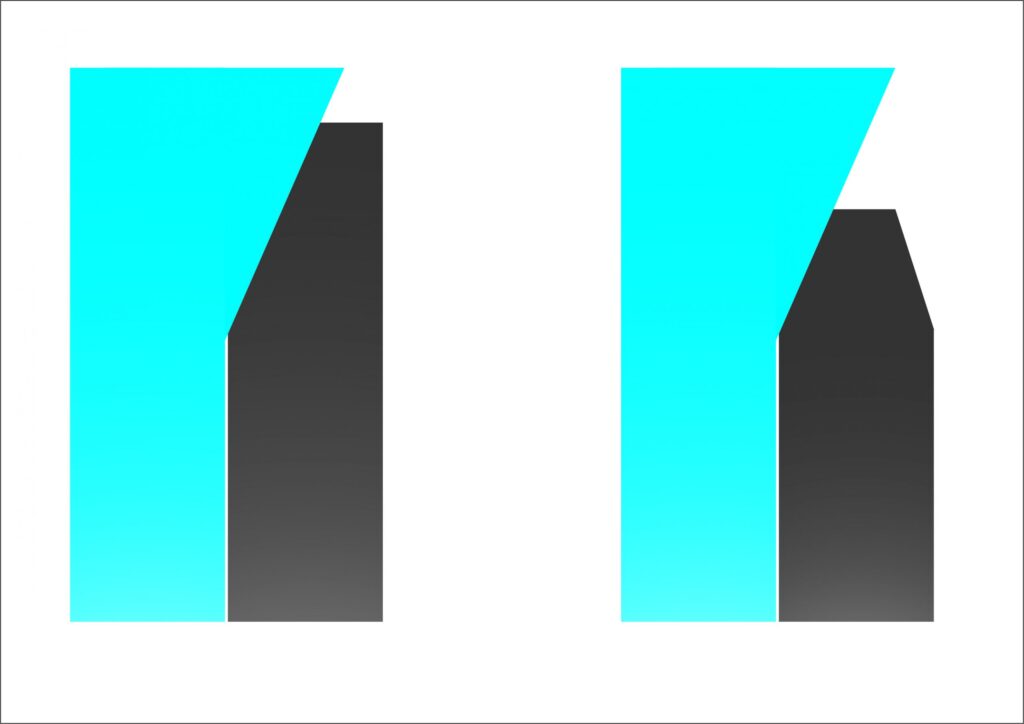Platform Switching
Platform switching is a prosthetic concept to use an abutment with a smaller diameter than the diameter of the implant shoulder so that the microgap is located more distant to the first bone-implant contact. This configuration results in a circular horizontal step, which may enable a horizontal extension of the biological width. Compared with the conventional restorative procedure using an identical-sized implant and suprastructure diameter (standard platform), platform switching is suggested to prevent or reduce crestal bone loss (Lazzara and Porter, 2006; Vela-Nebot et al., 2006; Canullo and Rasperini, 2007; Cappiello et al., 2008; Trammell et al., 2009; Vigolo and Givani, 2009; Canullo et al., 2010; Fickl et al., 2010).
A possible cause of this phenomenon is the bacterial colonization of the microgap between implant and abutment if its location is close to the bone. Subsequently, the emerging abutment-associated inflammatory cell infiltrate can provoke bone resorption (Ericsson et al., 1995)Platform switching
یا
Platform shifting
سایز اباتمنت بایستی کوچکتر از پلت فرم فیکسچر باشد . پلت فرم مانع از دست رفتن استخوان کرستال می شود . استخوان کرستال نقش مهمی در موفقیت ثبات ایمپلنت و افزایش حجم بافت نرم اطراف پلت فرم ایمپلنت دارد و باعث زیبایی بیشتر لثه اطراف ایمپلنت می شود .
SLA
پاسخ بیولوژی به سطوح SLA باعث نتایج خوب کلینیکی بعد از درمان ایمپلنت می شود .این سطح با قرار دادن ایمپلنت در محوطه مایع باعث سطح انرژی بالا و کاهش جذب هیدروکسی کربن و کربنات می شود بهترین سیستمهای ایمپلنت دارای چنین سطحی هستند .
Reverse buttress thread
بیشترین استرس روی استخوان کورتیکال دیده می شود در حالیکه در این مدل رزوه ایمپلنت حداقل ترین استرس بر روی استخوان کورتیکال وارد می شود .
An important deciding factor for the success or failure of implant-based rehabilitation is the manner in which stresses are transferred through the implant to the surrounding bone, and this is influenced by macroscopic criteria such as the geometry of implant, structural metallurgy of implant, and variations in thread designs and microscopic criteria such as the surface chemistry and microtopograpy
Maximum stresses were in crest of bone cortical bone and were transferred to the implant. Minimum Von Mises stresses were seen with reverse buttress thread design at the cortical bone. The stresses were observed least at the cancellous bone and maximum at the implant

